Cats often carry a reputation for being aloof, but anyone who has lived with a feline friend knows that their personalities can be as diverse as those of their human counterparts. Some cats lavish their owners with affection, while others prefer a more independent lifestyle. What drives these differences in feline behavior? Delving into the science behind cat affection can offer insights into their unique personalities and help explain why some of our furry companions are more cuddly than others.
Genetic Influences on Feline Affection

At the core of a cat’s personality is its genetic makeup. Just as with humans, genes play a substantial role in shaping a cat’s disposition. Specific breeds are known for being more sociable and people-oriented, such as the Maine Coon, Ragdoll, and Siamese. These breeds have been genetically selected over generations for traits that favor companionship and affectionate behavior. Conversely, some breeds, like the Russian Blue or the Scottish Fold, might be a bit more reserved due to different genetic predispositions.
Early Socialization and Environment
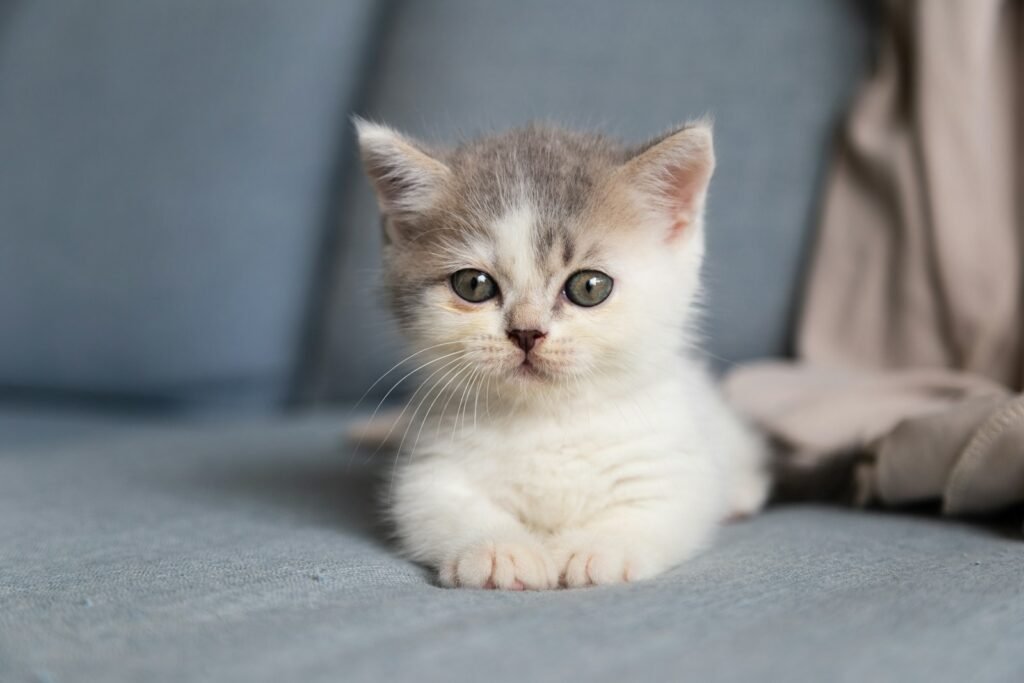
The experiences a cat has early in life can significantly impact how affectionate it becomes as an adult. Kittens that are handled by humans within their first few weeks of life are more likely to develop into affectionate cats. During this critical period, positive interactions with humans can shape a kitten’s perception of people, making them more likely to seek out human company and display affection.
The Role of Hormones in Cat Behavior
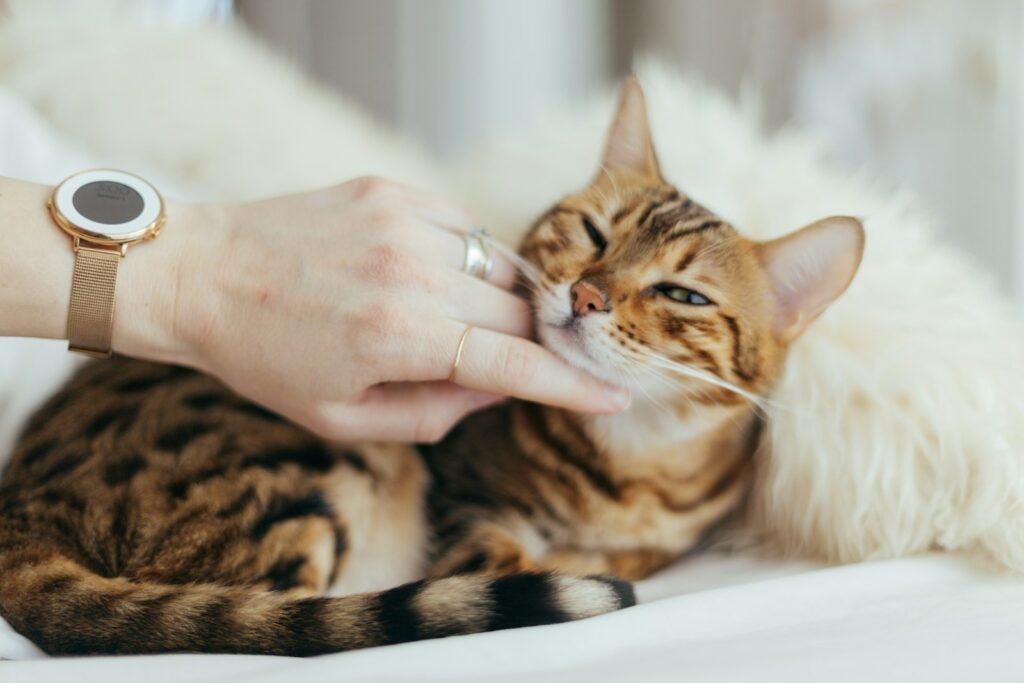
Hormones can also influence a cat’s tendency to be affectionate. Oxytocin, often called the “love hormone,” plays a vital role in social bonding and can increase when cats interact with their human companions. This hormone promotes relaxation and a sense of trust, making cats more likely to be affectionate. Fixed cats, especially males, often exhibit more relaxed and loyal behaviors towards their owners, which can be in part attributed to hormonal changes.
Individual Personality and Temperament
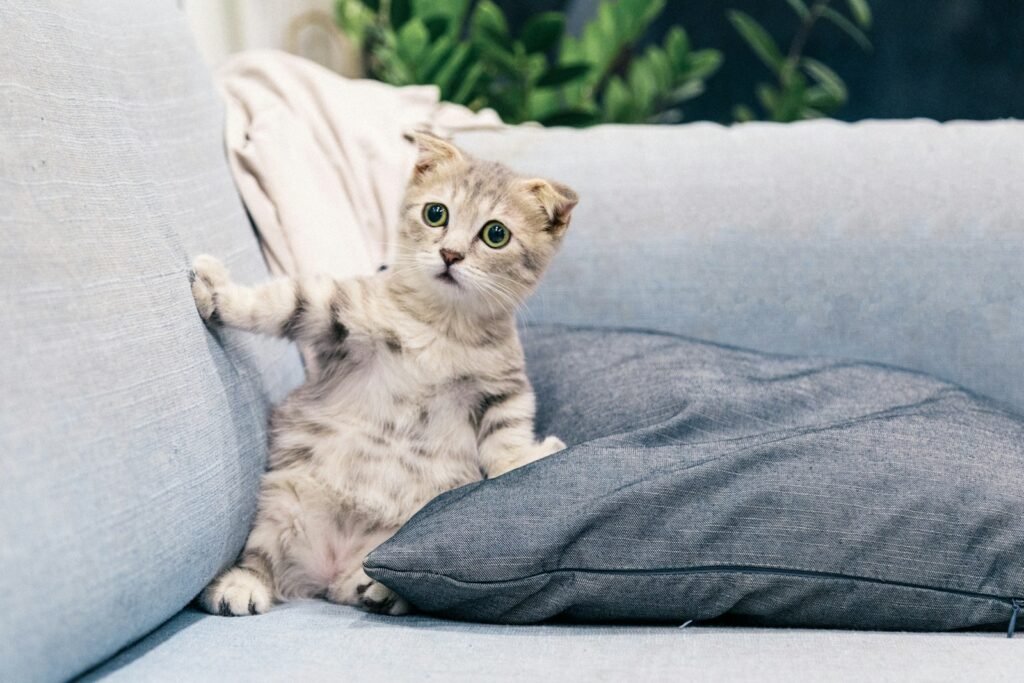
Every cat, irrespective of breed, has its unique personality shaped through a combination of genetics and environmental factors. Some cats are naturally more inquisitive and open to experiencing new things, including interacting with people. These personable traits can lead to a more affectionate demeanor as the cats seek out social engagements and enjoy petting and other forms of human affection.
Health and Comfort Levels
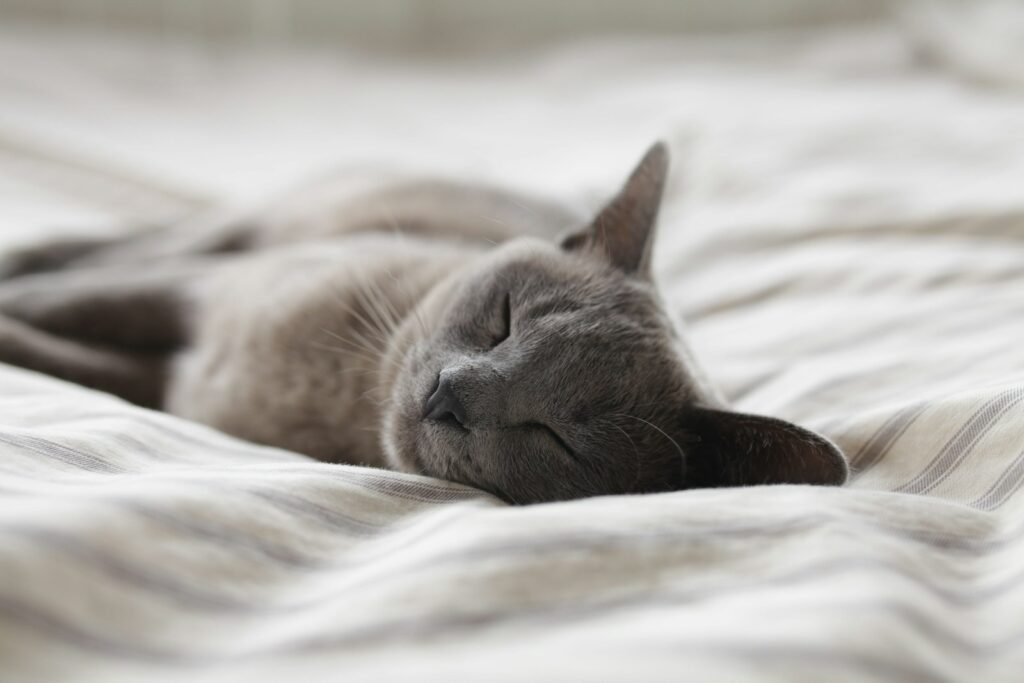
A cat’s health and overall well-being can also impact how affectionate they are. When cats are feeling unwell or experiencing discomfort, they may withdraw from social interactions. Ensuring that a cat is healthy and comfortable in its environment can encourage more affectionate behavior. Regular veterinary check-ups, a proper diet, and a safe living environment all contribute to a cat feeling secure and open to affection.
Human Interaction Styles and Co-Living Conditions
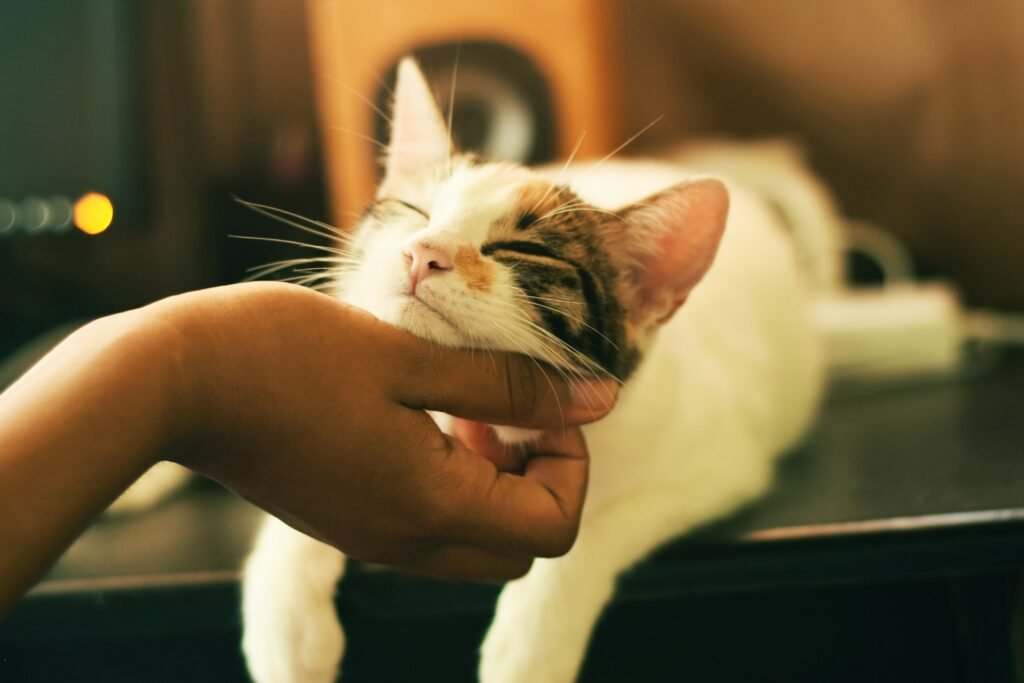
The way that humans interact with their feline companions can influence a cat’s affection levels. Cats respond well to positive reinforcement, and gentle handling can encourage a closer bond. Additionally, the living conditions and the presence of other pets in the home can affect a cat’s behavior. Cats in a calm, stable environment with well-managed introductions to new family members—animal or human—are more likely to develop affectionate relationships.
Understanding Cat Body Language
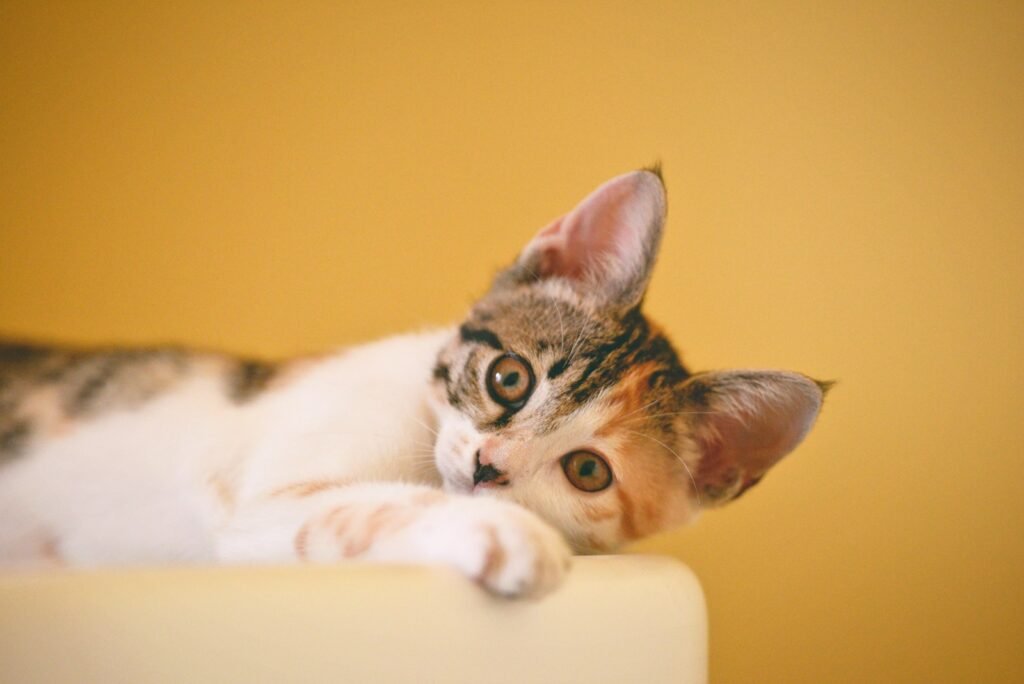
Interpreting feline body language is crucial for fostering affection in cats. Subtle signals like a contented purr, a gentle nudge, or a slow blink can indicate a cat’s willingness to engage and express affection. Recognizing and reciprocating these signals can reinforce a bond of trust and affection, encouraging the cat to seek out more such interactions.
The Impact of Past Experiences
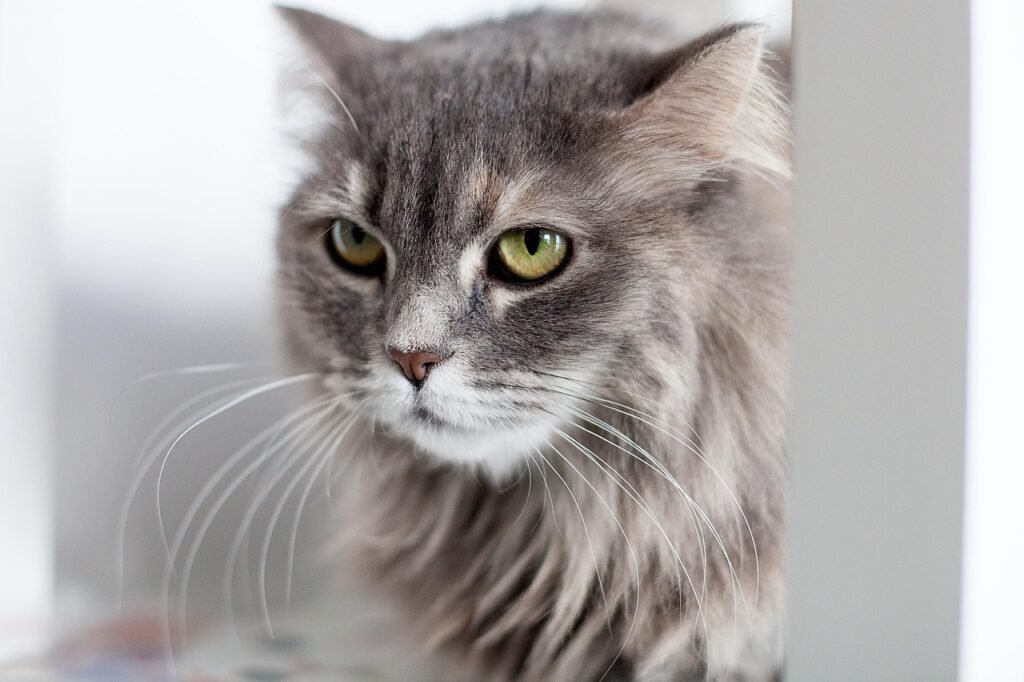
Cats with a history of abuse or neglect may be less inclined to show affection due to distrust and fear. On the other hand, rescue cats that receive patient and loving care can eventually come to display affection as they learn to trust their new environment and caregivers. Understanding and empathizing with a cat’s past experiences is crucial in fostering a loving relationship.
The Influence of Age on Affection
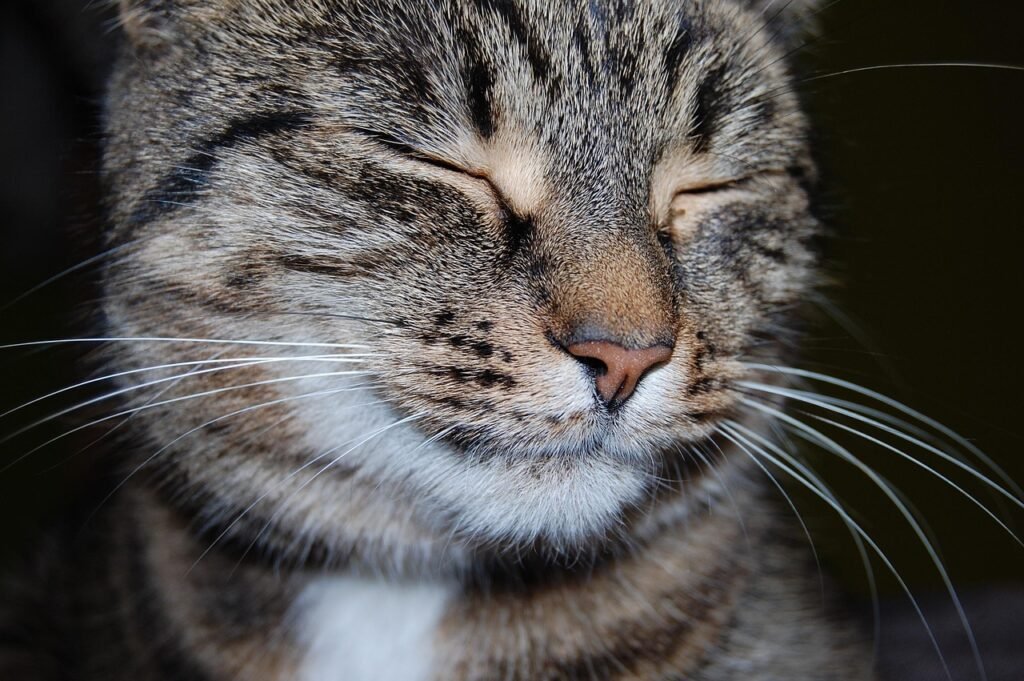
As cats age, changes in their behavior, including levels of affection, are not uncommon. Kittens and young cats are often more playful and energetic, with affection being shown through playful interaction. Mature and senior cats may become more mellow and enjoy longer cuddle sessions. Age-related health issues can also influence an older cat’s level of affection.
Conclusion: The Complex Tapestry of Cat Affection
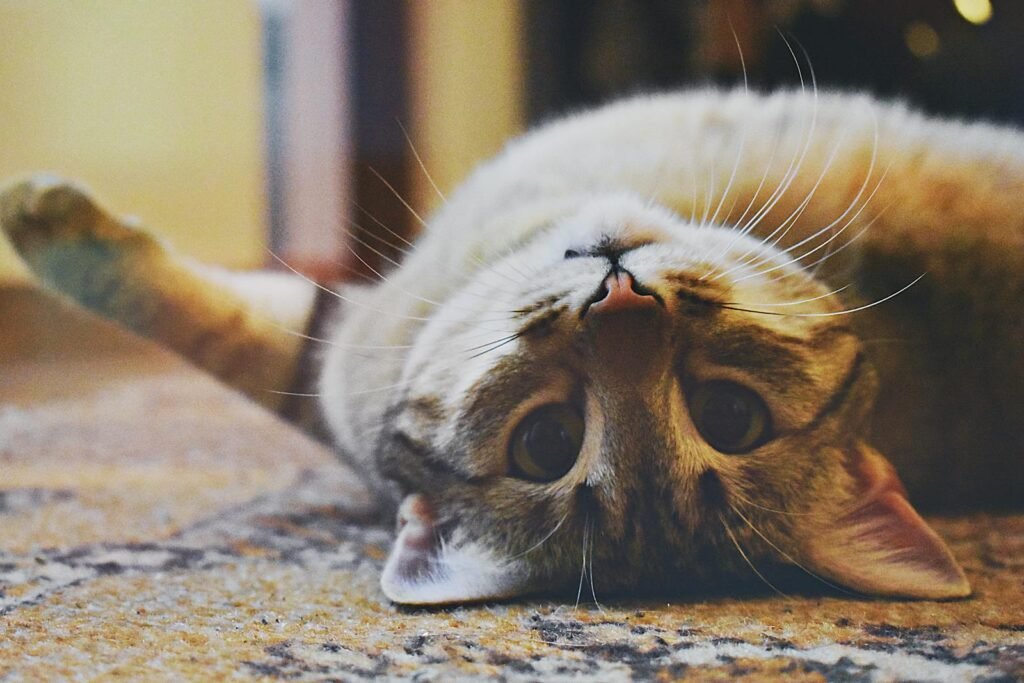
The intricacies of why some cats are more affectionate than others are woven together from a tapestry of genetic, environmental, and personal factors. Understanding these influences can help cat owners foster stronger, more affectionate relationships with their furry companions. Whether a cat is naturally independent or a bona fide lap cat, each one has its own way of expressing love and companionship. Appreciating these unique expressions deepens the bond humans share with cats, creating a rewarding and affectionate relationship for both.
Hi, I’m Bola, a passionate writer and creative strategist with a knack for crafting compelling content that educates, inspires, and connects. Over the years, I’ve honed my skills across various writing fields, including content creation, copywriting, online course development, and video scriptwriting.
When I’m not at my desk, you’ll find me exploring new ideas, reading books, or brainstorming creative ways to solve challenges. I believe that words have the power to transform, and I’m here to help you leverage that power for success.
Thanks for stopping by, Keep coming to this website to checkout new articles form me. You’d always love it!






